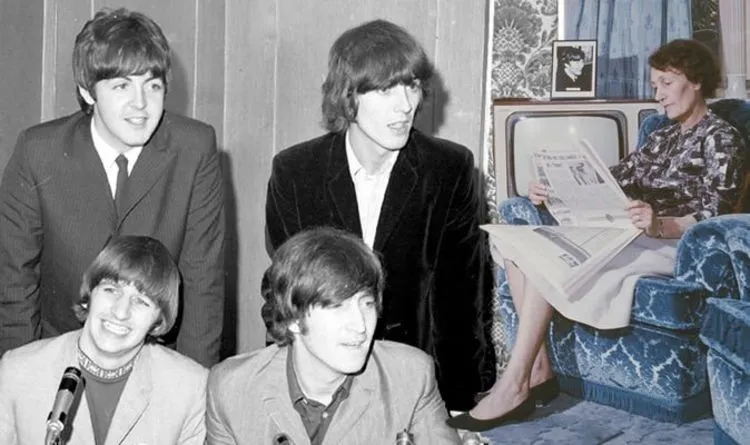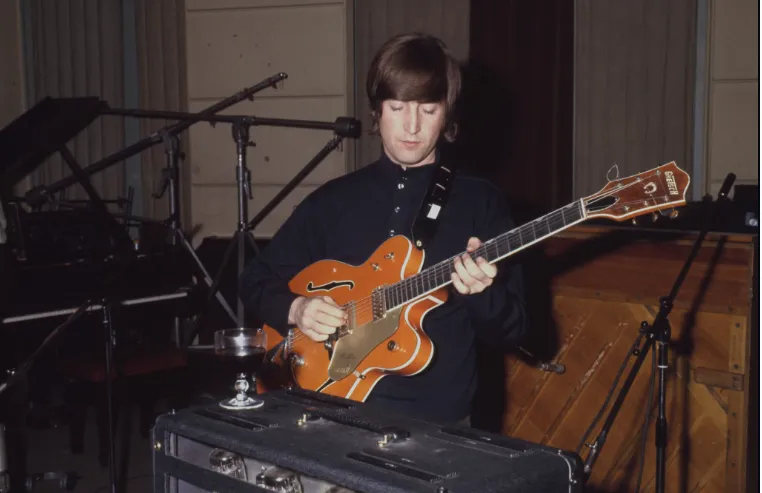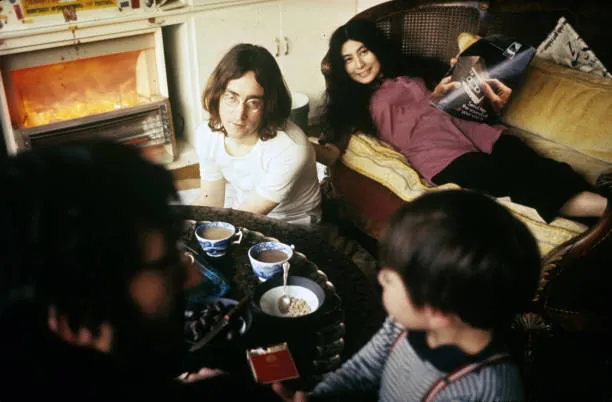Few names in music evoke the kind of awe and reverence that John Lennon does. As a key member of The Beatles, Lennon helped revolutionize music and culture.
But after the whirlwind of Beatlemania, John needed to reinvent himself. This quest for creative and personal freedom culminated in the formation of the Plastic Ono Band.
This story explores how the Plastic Ono Band transformed John Lennon’s career, offering a nuanced look into its inception, the ideas behind the name, and its lasting impact.
The Genesis of a New Identity
The late 1960s was a turbulent period for John Lennon. With The Beatles on the brink of disbandment and his marriage to Cynthia Lennon ending, John was at a crossroads.
It was during this time that he met Yoko Ono, a relationship that would change the trajectory of his life and artistic vision.
Yoko brought with her a fresh perspective, intertwining avant-garde art with John’s rock sensibilities. Together, they sought an artistic outlet unbound by the constraints that had begun to suffocate Lennon within The Beatles.
One pivotal moment was the formation of the Plastic Ono Band. This marked John Lennon’s venture into a new realm of music, distinct from The Beatles’ sound. But why the name “Plastic Ono Band”?
It all started in 1969, a year characterized by experimentation and boundary-pushing for both John and Yoko. The idea of “Plastic” signified something malleable, adaptable, and ever-changing. “Ono,” of course, paid homage to Yoko’s influence and involvement.
The Early Days: First Performances and Recordings
The Plastic Ono Band's debut performance was anything but conventional. It happened at the Toronto Rock and Roll Revival festival on September 13, 1969. Remarkably, the band had never rehearsed together.
Yet, they delivered a raw, emotionally charged performance that was both unpolished and profoundly impactful.
Members included musical powerhouses like Eric Clapton, Klaus Voormann, and Alan White.
The set list was a mix of old rock standards and new material, including hits like “Yer Blues” and avant-garde pieces like “Don’t Worry Kyoko (Mummy’s Only Looking for Her Hand in the Snow).”
The latter showcased Yoko Ono’s distinctive, experimental style, including her unique vocalizations that startled and intrigued the audience in equal measure.
The performance made it clear that the Plastic Ono Band was something the music world had never seen before—a direct reflection of Lennon and Ono’s unfiltered creative expression.
Behind the Name: A Symbol of Freedom and Transformation
Understanding the name “Plastic Ono Band” involves diving into Lennon and Ono’s philosophy. "Plastic" represented the band’s fluid and adaptable nature. This wasn’t a traditional, static band with fixed members.
Instead, it was a collective—a revolving door of musicians and artists who could contribute to each project.
Lennon once explained the name, stating that "Plastic Ono Band" was reflective of the duo's belief in artistic flexibility. He viewed the band as an extension of their personal lives, which were immersive and dynamic.
The name also echoed themes of social commentary, as “plastic” could allude to post-war consumerism and the superficial layers of modern life. Ironically, in its adaptability, the band sought deeper truths and raw authenticity.
The Lofty Goals: Albums That Defied Norms
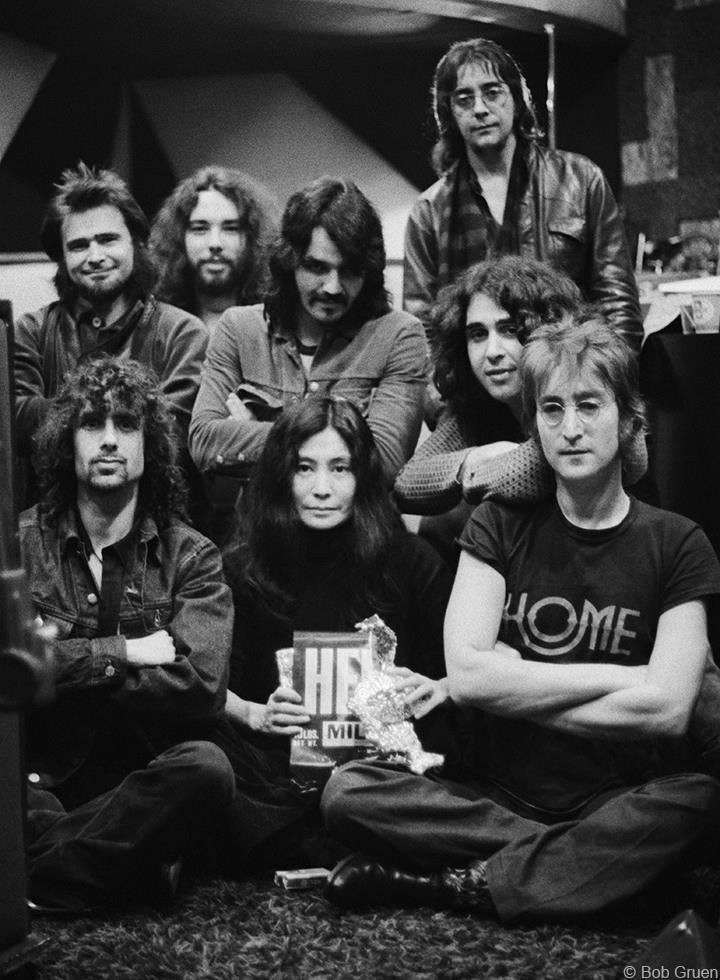
The first singles and albums released by the Plastic Ono Band were marked by their raw emotion and unflinching honesty.
The single "Give Peace a Chance," recorded during John and Yoko’s Bed-In for Peace in Montreal, became an anthem for the anti-war movement.
The recording was spontaneous, with roomfuls of reporters, celebrities, and friends contributing to the chorus.
Their debut album "Live Peace in Toronto 1969" captured the immediacy and rawness of their first performance.
Following this, John Lennon/Plastic Ono Band album in 1970 struck with its brutal honesty, chronicling John’s emotional struggles and personal revelations.
Tracks like “Mother” and “God” were cathartic outpourings that deviated sharply from the polished productions of The Beatles, yet resonated deeply with fans who appreciated Lennon’s newfound transparency.
Social Impact and Controversy
John Lennon’s Plastic Ono Band wasn’t just a musical endeavor; it was a movement. Lennon and Ono used the band to voice their political and social commentary.
Whether through songs like “Power to the People” or the iconic “Imagine,” the Plastic Ono Band became synonymous with messages of peace, love, and defiance against social norms.
However, this unorthodox approach was not without controversy. Critics often lambasted Yoko Ono’s avant-garde style, polarizing fans.
Some argued that the band’s raw sound and provocative performances were too radical. Despite this, Lennon remained undeterred, continuing to use The Plastic Ono Band as his platform for activism and artistic exploration.
The Ever-Evolving Lineup: A Reflection of the Band’s Philosophy
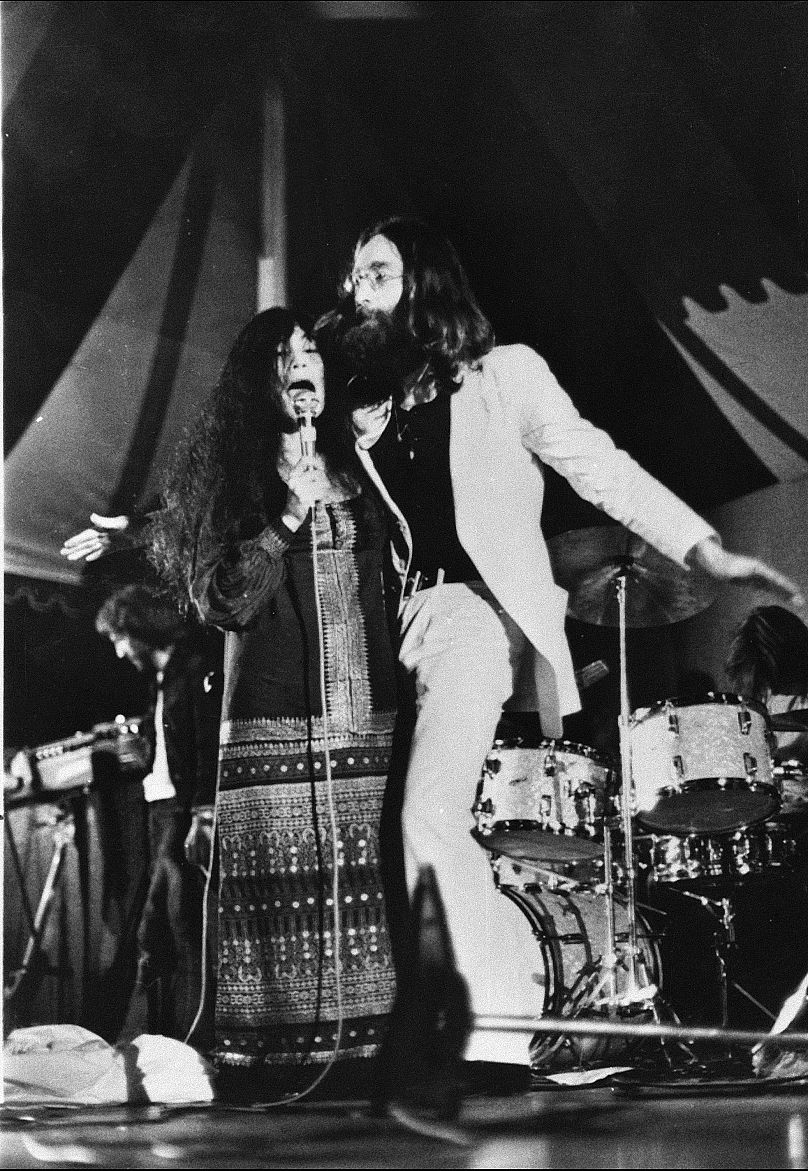
One of the hallmarks of the Plastic Ono Band was its rotating lineup, a feature that embodied John and Yoko’s flexible, inclusive vision.
Over the years, the band included an eclectic mix of musicians—from rock legends like George Harrison and Ringo Starr to avant-garde artists and session musicians.
This revolving door allowed the band to remain fresh and innovative, constantly breaking new ground.
The band’s adaptability was exemplified in the 1972 album “Some Time in New York City,” which involved musicians like Frank Zappa.
The live segments of the album captured the essence of spontaneous collaboration, albeit with mixed reviews. Yet, this approach solidified the band’s identity as a fluid, ever-changing collective.
Lingering Legacy: The Enduring Influence of the Plastic Ono Band
Even after its most active years, the impact of the Plastic Ono Band endured. Its influence could be seen in the rise of other supergroups and the increasing acceptance of genre-bending collaborations.
The band’s philosophy of flexibility and raw emotional expression paved the way for future musicians to break free from conventional molds.
When John Lennon’s tragic assassination occurred in 1980, many wondered if the spirit of the Plastic Ono Band would fade.
However, Yoko Ono continued their legacy, often revisiting the band’s concepts in her subsequent projects. The essence of the Plastic Ono Band lived on, reminding the world of the power of creative freedom and uninhibited self-expression.
A Band Beyond Boundaries
John Lennon’s creation of the Plastic Ono Band was much more than a musical project; it was a testament to his and Yoko Ono’s vision of boundless creativity and social activism.
The name itself, an amalgamation of flexibility, reverence for individuality, and a nod to Yoko’s integral role, spoke volumes about their intentions.
Through its unrelenting emotional honesty and refusal to conform, the Plastic Ono Band has left an indelible mark on music history.
So, while Beatles fans may forever cherish the harmonies and melodies of Lennon-McCartney compositions, there is another layer to John Lennon’s musical journey that is equally compelling.
The Plastic Ono Band represents a chapter of Lennon's life marked by artistic liberation and personal discovery—a legacy that continues to inspire generations.
